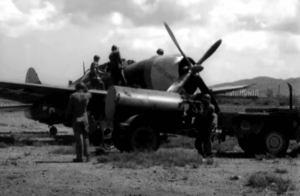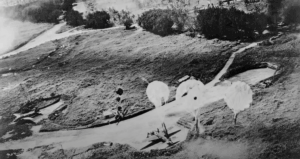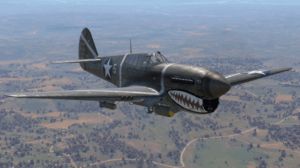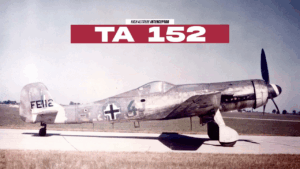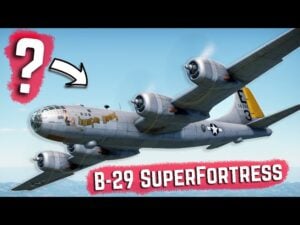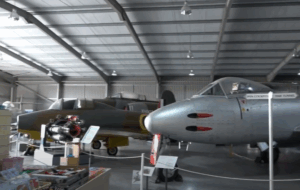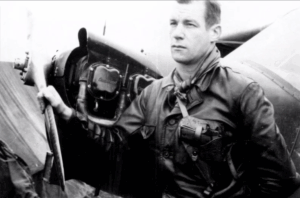Two Most Used US Aircraft Gunsights During WWII

Collexpertise / YouTube
World War II brought significant advancements in aerial combat technology. Among the most transformative were the gunsights used in American aircraft. These devices revolutionized targeting accuracy and gave pilots an edge in the skies. Two of the most widely used gunsights during this period were the K-14 gyroscopic gunsight and its earlier counterparts, such as the N-3 and N-9 reflector gunsights. Both played critical roles in shaping the outcome of air battles.
The Reflector Gunsights: N-3 and N-9

Before the introduction of gyroscopic gunsights, American aircraft relied on reflector gunsights like the N-3 and N-9. These devices projected a fixed reticle onto a glass plate, allowing pilots to aim their weapons more accurately than using iron sights. However, these systems required considerable skill and experience from the pilot. The challenge lay in calculating the deflection angle—the distance by which a pilot needed to aim ahead of a moving target to account for bullet travel time and target movement.
The N-3 and N-9 were an improvement over earlier, more rudimentary aiming devices, but they still had limitations. Pilots had to make mental calculations during combat, often under intense pressure. Despite these challenges, reflector gunsights became standard equipment on many American aircraft, including early versions of the P-51 Mustang and P-47 Thunderbolt. Their simple yet effective design made them invaluable during the early years of the war.
The limitations of reflector gunsights, however, became apparent as aerial combat evolved. High-speed dogfights required more sophisticated targeting systems to keep up with faster and more maneuverable enemy aircraft. This need led to the development of gyroscopic gunsights.
The K-14 Gyroscopic Gunsight

The K-14 gyroscopic gunsight represented a significant leap forward in targeting technology. Introduced in 1944, it became standard equipment on many U.S. Army Air Force fighters, including the later models of the P-51 Mustang. The K-14 was derived from the British Mark II gyro gunsight, which combined the concepts of a gyroscope and a reflector gunsight.
The K-14’s primary innovation was its ability to calculate deflection automatically. Using a spinning gyroscope, the gunsight projected a moving reticle that adjusted based on the aircraft’s attitude and inertia. Pilots no longer needed to estimate how far to lead their targets manually. Instead, they input the target’s wingspan and adjusted a range knob until the reticle matched the target’s size. This streamlined process allowed pilots to focus on flying and shooting rather than performing complex mental calculations.
Another key feature of the K-14 was its dual-reticle system. The left side displayed a fixed reticle indicating where the guns were pointed, while the right side showed the moving gyroscopic reticle that predicted the bullet’s trajectory. These two images were superimposed, giving the pilot an accurate representation of where the bullets would hit. In level flight, the reticles aligned perfectly, but during high-speed maneuvers, they diverged to account for the necessary deflection.
The K-14’s user-friendly design contributed to its widespread adoption. On the P-51 Mustang, for example, the range adjustment was integrated into the throttle handle, allowing pilots to make quick adjustments without taking their hands off the controls. This ergonomic feature enhanced its effectiveness in combat.
Broader Applications of the K-14

While the K-14 was primarily used in fighters, it was also adapted for bomber turrets. These installations required additional inputs to account for variables like altitude, airspeed, and the turret’s orientation. Despite these complexities, the K-14’s compact design made it a suitable replacement for older, bulkier computing gunsights previously used in bomber roles.
Naval adaptations of the K-14, such as the Mark 18, were used in aircraft like the PB4Y, a naval variant of the B-24 Liberator. These versions featured modifications to simplify operation, such as plates listing enemy aircraft types and wingspans, which helped gunners quickly adjust their aim.














